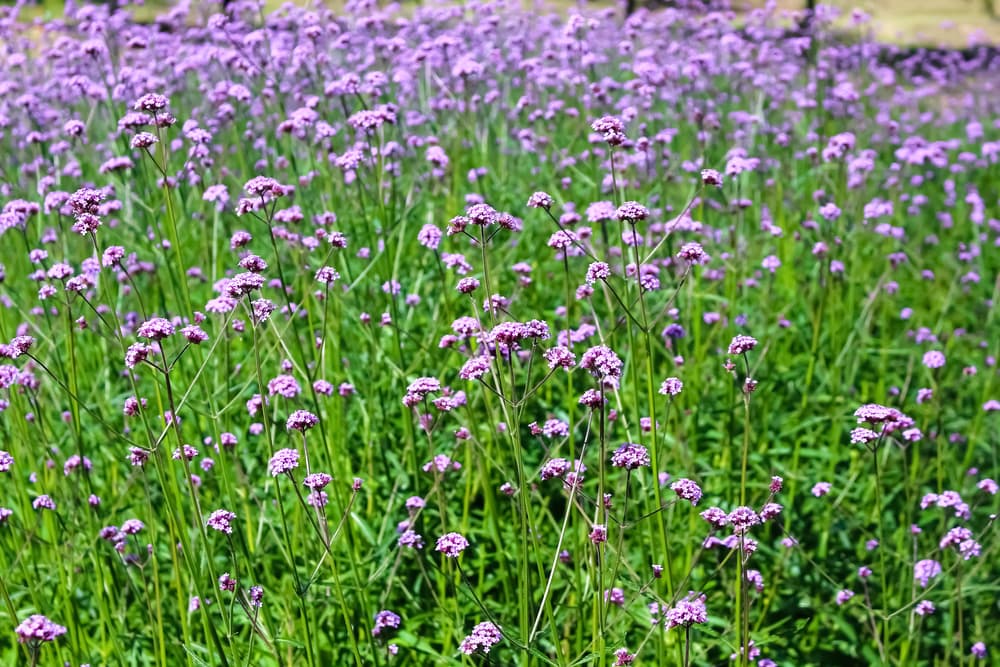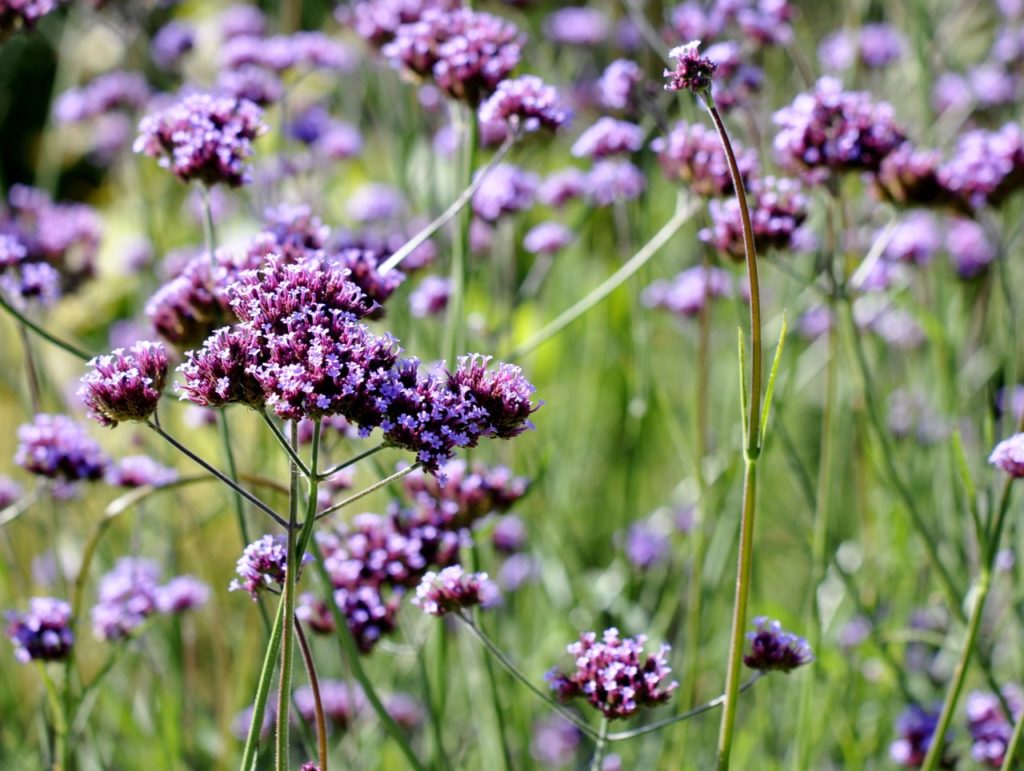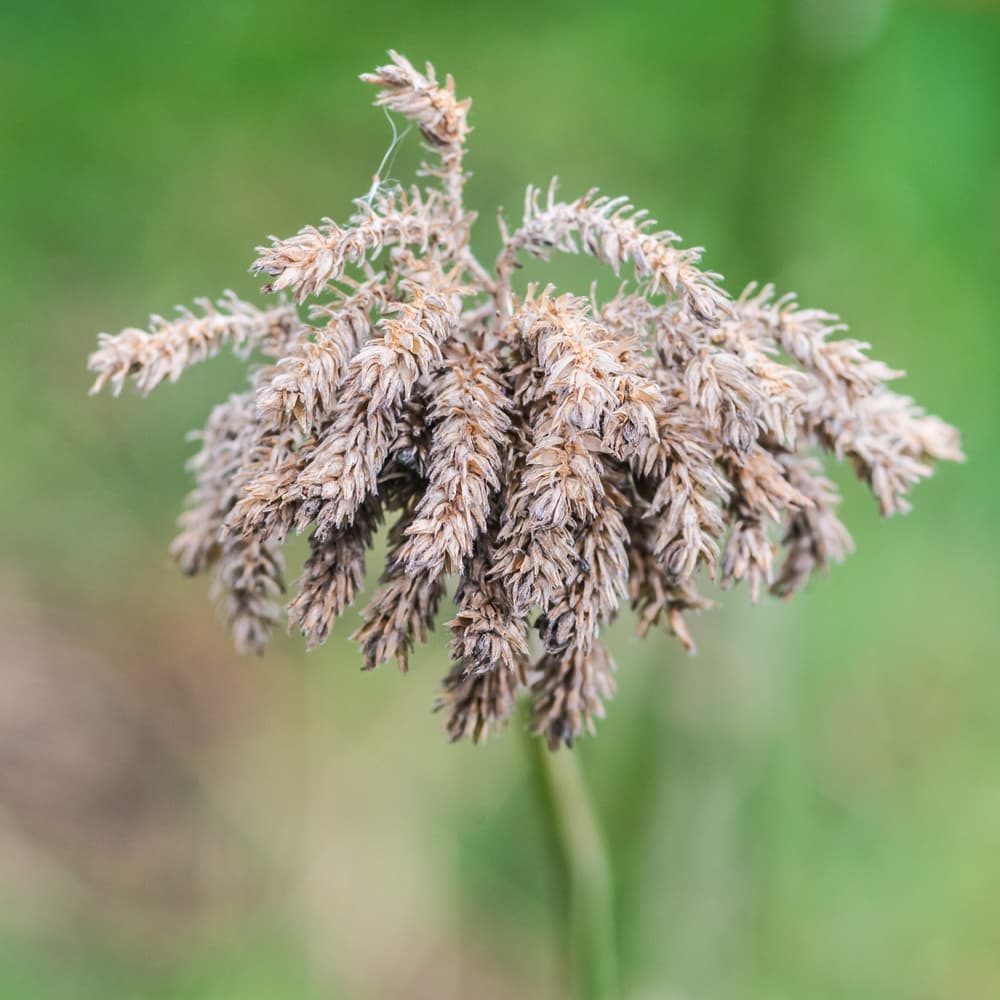Pruning Requirements For Verbena Are Minimal, But Differ For Bedding And Perennial Types

PERENNIALS > VERBENA > PRUNING

Elizabeth is a Permaculture Garden Designer, Sustainability Consultant and Professional Writer, working as an advocate for positive change. She graduated from the University of St. Andrews with an MA in English and Philosophy and obtained a Diploma in Applied Permaculture Design from the Permaculture Association.
Reviewed By COLIN SKELLY

Colin is a Horticulturist and Horticultural Consultant with experience in a range of practical and managerial roles across heritage, commercial and public horticulture. He holds the Royal Horticultural Society’s Master of Horticulture award and has a particular interest in horticultural ecology and naturalistic planting for habitat and climate resilience.
IN THIS GUIDE
Both bedding and hardy perennial verbenas are perfect choices for a wildlife-friendly garden.
All love full sun and well-drained soil and, when planted in the right spot, won’t require a lot of care and can be a good choice for relatively low-maintenance gardens.
One thing to think about when growing verbena is whether you need to prune your plants.

The good news is that pruning requirements for verbena are minimal and some types may not need to be pruned at all.
Below, I share the basic things you need to know about pruning verbena.
Pruning Bedding Types
Bedding verbenas are usually used as summer plants, which are discarded after their flowering displays in autumn.
They are a popular choice for container gardens and summer bedding displays in garden borders.
Beyond deadheading, your bedding verbena might not need to be pruned at all.

However, these plants can typically tolerate trimming if they get too tall for the space or, with trailing types, if they become too leggy.
You can give them a light trim as desired throughout the growing season.
You can also snip off unsightly straggling sections or get rid of dead or damaged parts.
However, in general, you will not need to do so.
Pruning Perennial Types
Perennial types are those which can remain in your garden over the winter months and provide further flowering displays over subsequent years.
With these types, including Verbena bonariensis and V. hastata, you should cut down old flower stems to as close to the base as possible before any new growth emerges in spring.
It is best not to cut back in autumn because, although it may be tempting to tidy up your border, leaving the dead material in place can be better for the plants and for wildlife.

The dead foliage can offer a degree of cold protection to the overwintering plants.
The seed heads also provide a valuable source of food for birds which eat seeds and the foliage cover provides a winter habitat for a range of other creatures.
The other benefit of leaving the seed heads in place is that this allows for the potential for self-seeding.
“One of the first plants that I ever grew from seed was Verbena boniarensis and I have had it in my garden ever since,” shares Colin Skelly, an expert Horticulturist.
“I have never resown it as it has self-seeded year on year and I edit out those that I do not want, often potting on these seedlings for other projects or for friends and neighbours.”

So, even if the original plant does not make it through the winter, you may well have new seedlings popping up.
